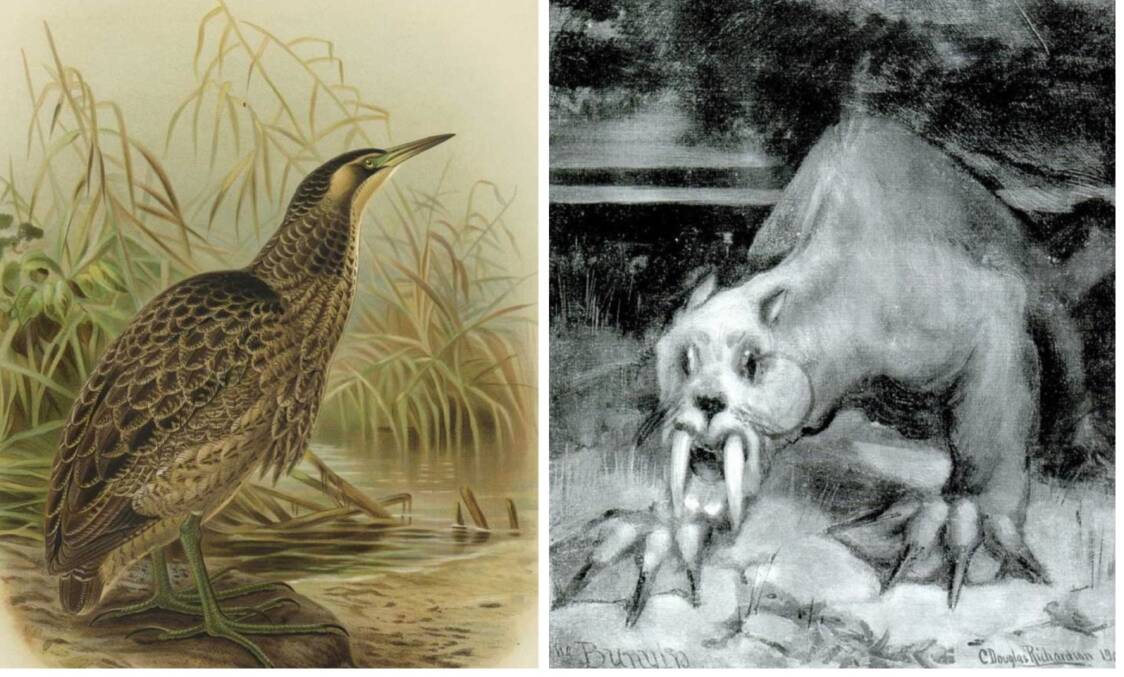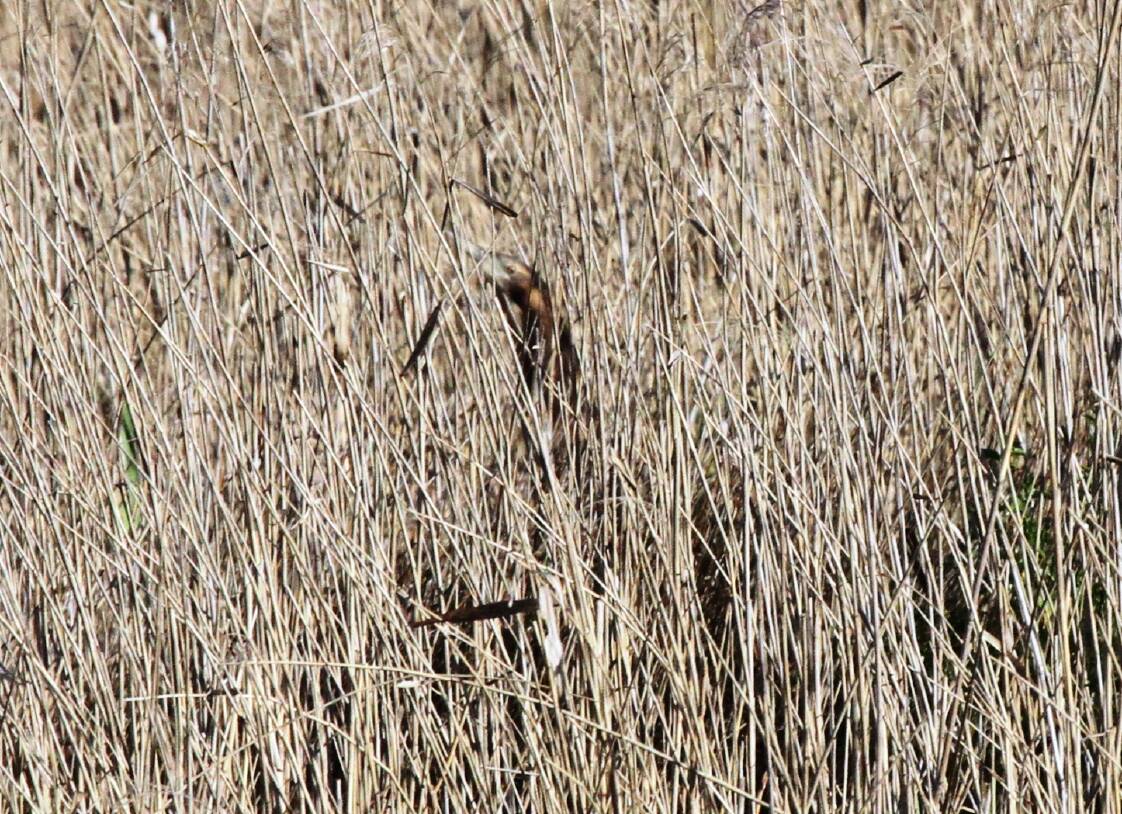
It was the "eerie booming call" of an elusive bird that led to the myth of the Hexham bunyip.
The myth may have been solved in the mid 1800s, but that didn't stop people believing it in the decades ahead - partly driven by the tabloid press and, no doubt, campfire tales.
As it turned out, the bunyip wasn't a monster but a secretive bird called the Australasian bittern.

University of Newcastle archivist Gionni Di Gravio said the bunyip myth "rolls into Aboriginal legend".
The monster-like creature became part of Australian folklore from about 1845, but the Indigenous people had their own story.
They labelled the Hunter River bunyip as "Yaa-hoo".
"The point of these Aboriginal stories was to keep kids out of watering holes and places like Mount Sugarloaf," Mr Di Gravio said.
The stories seemed to carry the message: "Don't hang around in swamps because you don't know what can happen - you could be taken by anything or fall into trouble".
He said the bunyip myth "seemed to combine a lot of things into one gigantic monster".
And the press, of course, love a scare story.
The Newcastle Sun reported in January 1924 about a "recently discovered bunyip at Hexham".
The following year, a story in The Don Dorrigo Gazette and Guy Fawkes Advocate was titled, "Hunting the Bunyip of Hexham Swamp."
"Three men declared they saw the Bunyip of Hexham Swamp in 1879," the story claimed.
The men, who were duck hunting, heard "a tremendous roar, like that of a lion". They also saw "eyes like golden orbs in the night".
The bitterns have yellow eyes but their call is usually described as a boom, rather than a roar.
"Whatever they saw, they got spooked and ran off," Mr Di Gravio said.
"It makes for a good read, especially when you find out what the culprit was."

William Turton told the Newcastle Sun that he and his grandfather John Hannell solved the mystery of the Hexham Bunyip in 1864.
The bunyip, he wrote, proved to be "a bird named the bittern".
BirdLife Australia describes the bird as a "stocky, thick-necked heron", with a call that can occur in "sets of several booms".
During spring and summer, males "utter a distinctive, resonant bass booming call, preceded by up to three quick short, quieter gasps".
The bird's call is thought to be associated with breeding. It is most frequent at dawn and dusk and may continue through the night.
A BirdLife Australia fact sheet states that the "eerie booming call" of the bird was the origin of the bunyip, a "mythical creature said to live in creeks, swamps, billabongs, riverbeds and waterholes".
In more recent times, ecologist Ian Benson has studied this partly nocturnal bird at Hexham.
Hunter Local Land Services contracted Mr Benson to conduct surveys of the endangered bird through a national Landcare program.
"A lot of community members were involved - Hunter Bird Observers Club, Worimi Green Team and others," he said.
They listened for the bird at dusk with acoustic recorders in "various locations throughout the Hunter Estuary".
"They were put out for a couple of weeks with programs to record throughout the night. We collected that data and analysed it," he said.
Hexham Swamp was the main focus of the Hunter Estuary research.
"Last season we confirmed at least four calling males and at least four territories within Hexham Swamp," Mr Benson said.
"There was probably more than that, but it's a bit harder to be definite on how many exactly there are."
The bitterns are not often seen.
"They're very cryptic. Often when people see them, they're seen in flight," he said.
"They lift out of the reeds and swamp and fly a couple of hundred metres, then lob into the swamp somewhere else.
"But they might only need to do that once a day at dusk."
His research led him to believe the bird was rare in the Hunter Estuary.
"We still don't know if they're resident all year round or if they come and go with the seasons," he said.
"Outside of when they're calling, it can be very hard to confirm if they're absent from the estuary or just not calling."
He said individual birds "all tend to call a little bit differently".
"They almost have their own little call signature."
The bird grows to about 67 centimetres tall.
"They're a relatively big bird, kind of like a heavy set white-faced heron," Mr Benson said.
"They're mottled brown - not all that glamorous."
Have you perhaps spotted a strange creature in the Hunter? Join the discussion in the comment section below.







